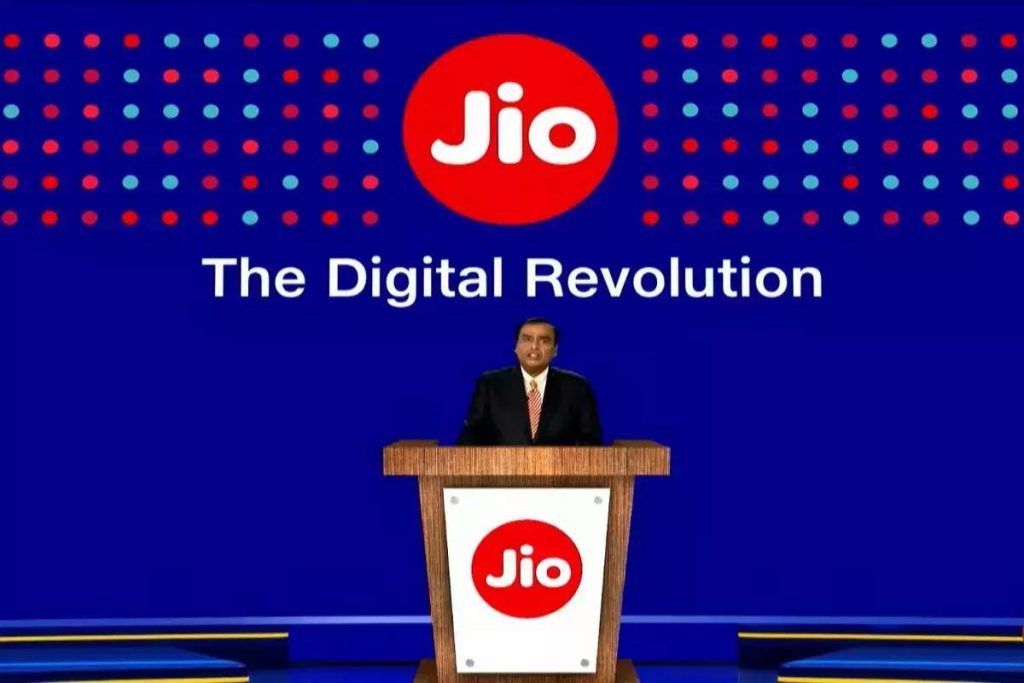Reliance Jio, the largest telecom provider in India, stated on Monday that its 5G services would go live by Diwali this year in Delhi, Mumbai, Kolkata, and Chennai, with plans to extend and serve the entire nation by December 2023.

In contrast to other operators’ bets on a “non-standalone” strategy, the business claimed it will launch its 5G services on a “standalone” 5G infrastructure. Questions about how prepared Indian consumers are for 5G are brought to light by the debate between service providers on the network deployment strategies they are using.
The two basic deployment models for 5G networks are standalone and non-standalone. The route taken by operators primarily reflects their perception of the market for the new technology and the ensuing rollout strategy. Both topologies offer advantages and downsides.
In the freestanding option, which Jio has chosen, the 5G network works in parallel with the current 4G network and is supported by specialised equipment, whereas in the non-standalone mode, the 4G core infrastructure is used to support the 5G network.
Full 5G functionality and new network features like slicing, which gives operators more flexibility to use their spectrum holdings effectively, are accessible in standalone mode.
Non-standalone networks are typically seen as a stepping stone, and history suggests operators who build non-standalone 5G networks eventually switch to standalone networks. However, operators can maximise the use of their current network infrastructure with relatively less investment when using the non-standalone option.
The interoperability with current device ecosystems is where the two architectures diverge most. The majority of smartphones today can connect to non-standalone 5G networks, which are effectively 5G airwaves broadcast across 4G networks, but doing so will require software updates from their OEMs.
Because 5G promises a faster Internet speed and lower latency than 4G, consumers may benefit from it. Internet speeds on 5G could reach 10Gbps at its maximum, compared to the 100 Mbps peak of 4G. Similar to how under 4G latency ranges from 10 to 100 ms (milliseconds), with 5G it is anticipated to be less than 1 ms. The amount of time it takes for a device to send data packets and receive a response is known as latency. The answer is faster the lower the latency.
While it is widely believed that 5G might not provide any near-term benefits for consumers, a May 2019 report by Ericsson, a major player in the 5G equipment market, states that they expect 5G to offer a step change in network performance, relief from urban network congestion, and more home broadband options as near-term benefits.
In addition, it made the point that while there were doubts about the true benefits of 4G technology for consumers back in 2010, those doubts have since subsided. Today, a variety of online activities, including streaming ultra-high definition content and making video calls, have become possible on 4G speeds but would have been nearly impossible on 3G speeds, especially in light of the pandemic.
“Regardless of how many other users are attempting the same thing, consumers expect to be able to stream films without any problems wherever they are. According to a report by Ericsson, upgrading to 5G might provide users who are experiencing network capacity restrictions with quick respite.

